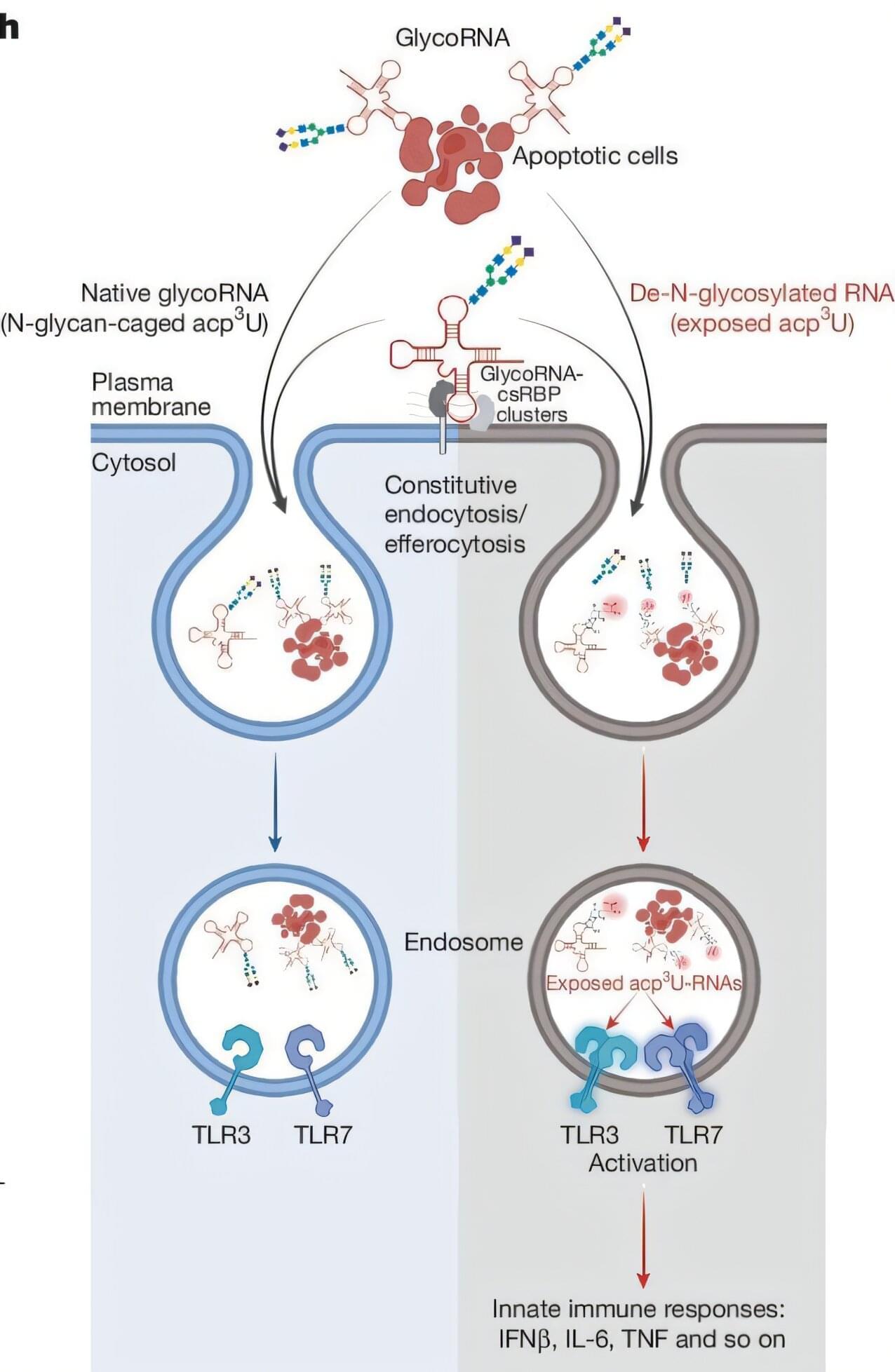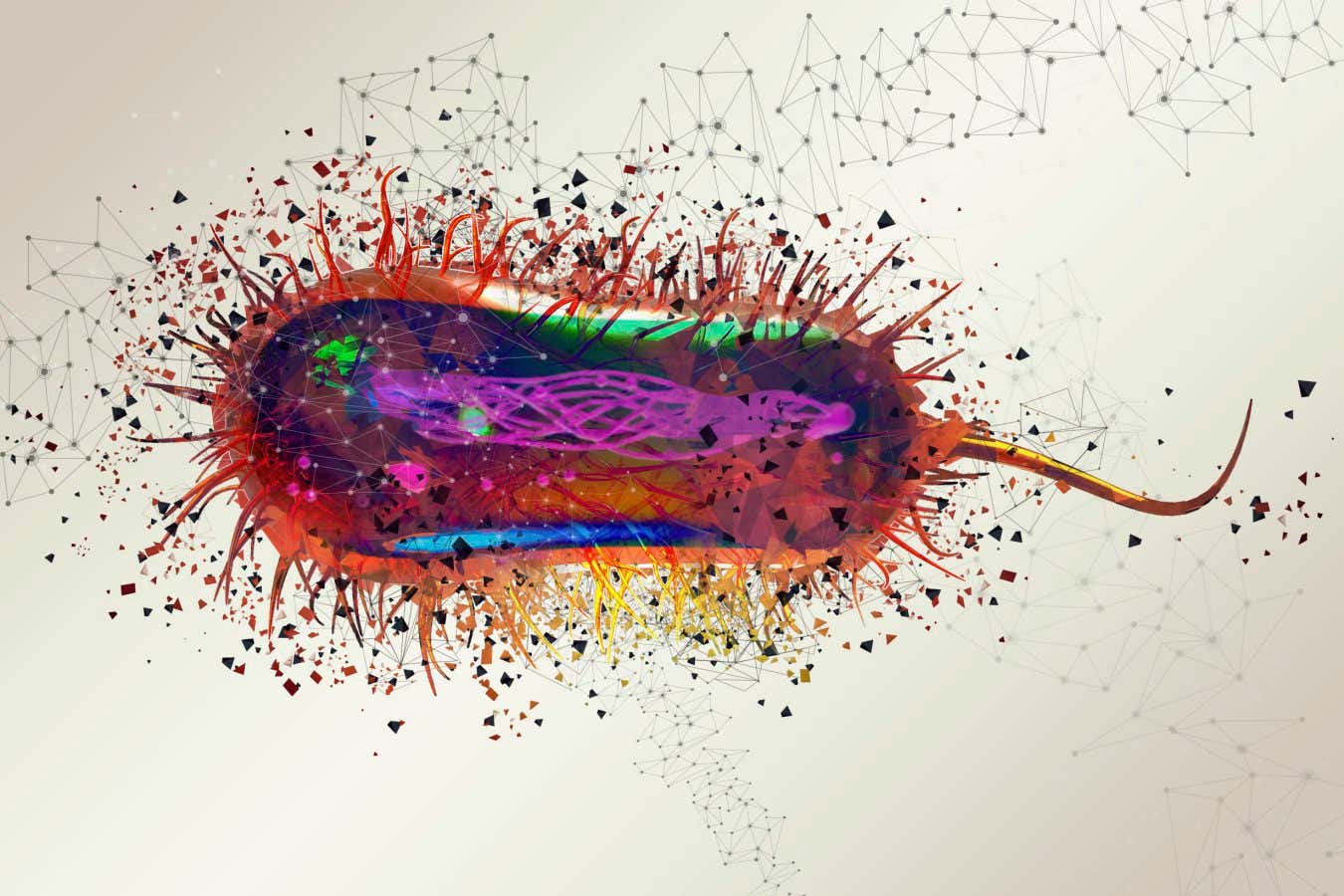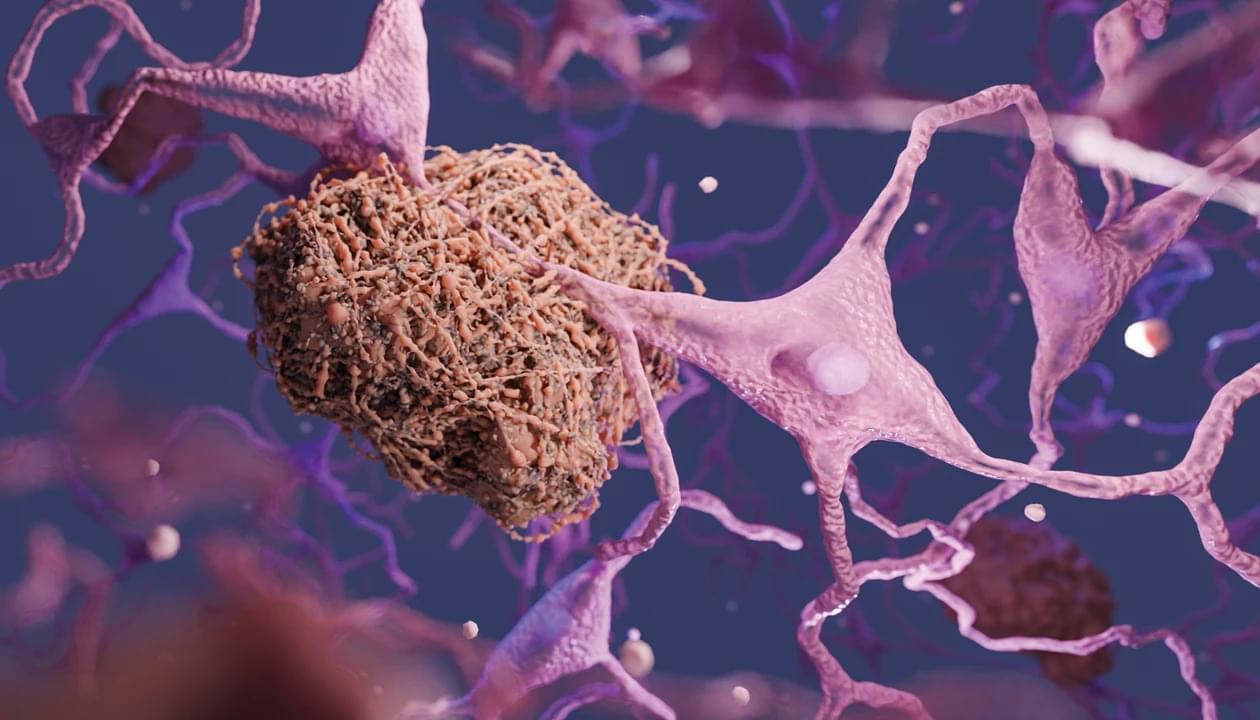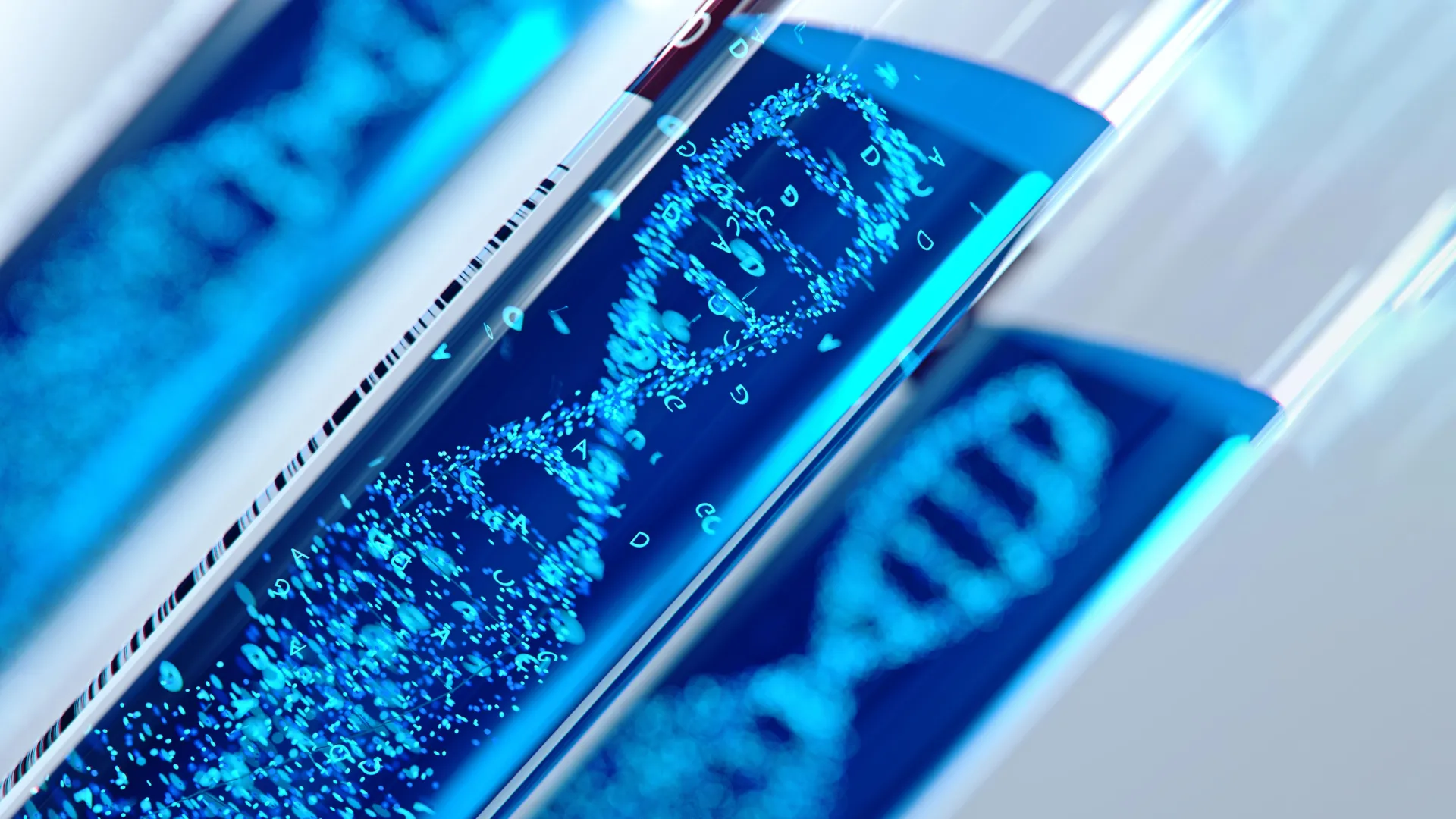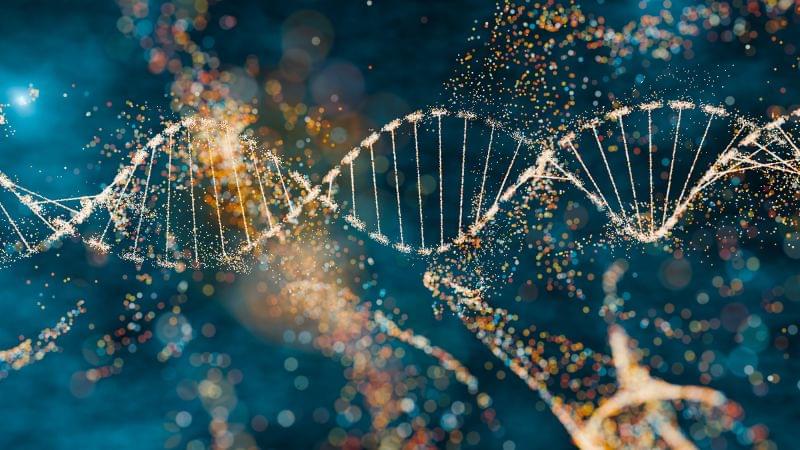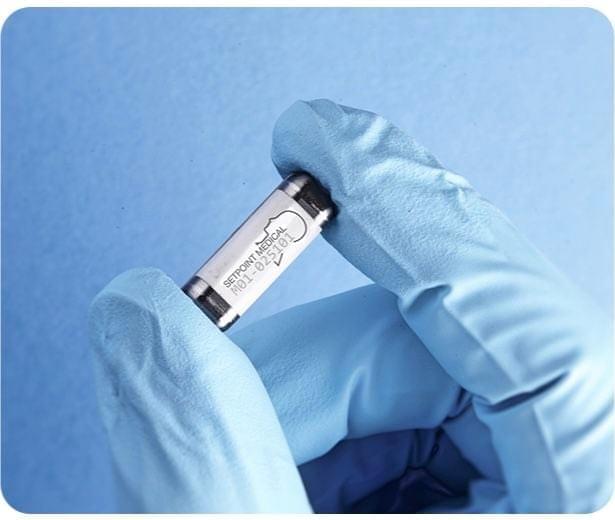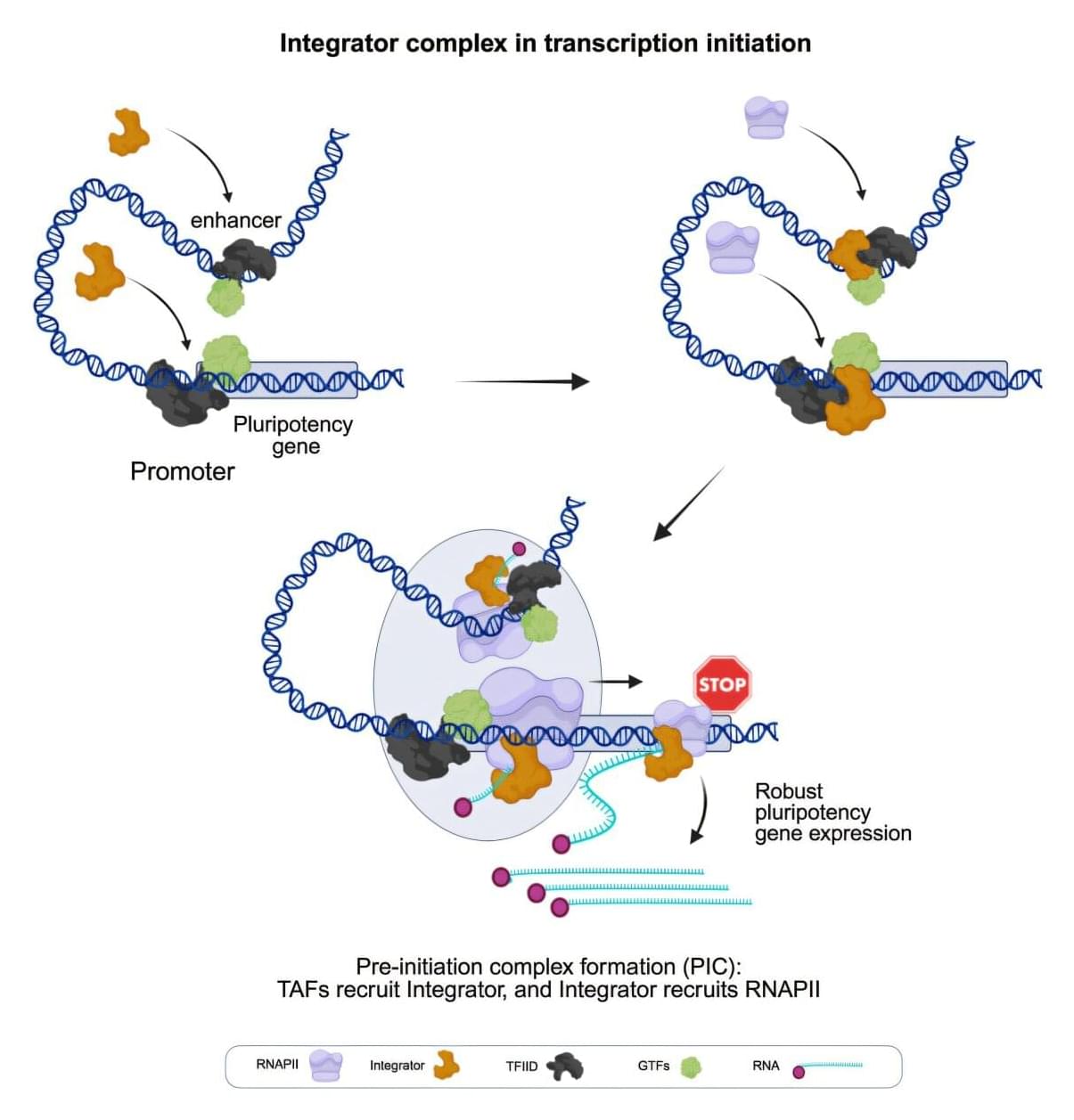That looming reality is pushing NASA to gradually make on-orbit medical care more “Earth-independent.” One early experiment is a proof-of-concept AI medical assistant the agency is building with Google. The tool, called Crew Medical Officer Digital Assistant (CMO-DA), is designed to help astronauts diagnose and treat symptoms when no doctor is available or communications to Earth are blacked out.
The multimodal tool, which includes speech, text, and images, runs inside Google Cloud’s Vertex AI environment.
The project is operating under a fixed-price Google Public Sector subscription agreement, which includes the cost for cloud services, the application development infrastructure, and model training, David Cruley, customer engineer at Google’s Public Sector business unit, told TechCrunch. NASA owns the source code to the app and has helped fine-tune the models. The Google Vertex AI platform provides access to models from Google and other third parties.

